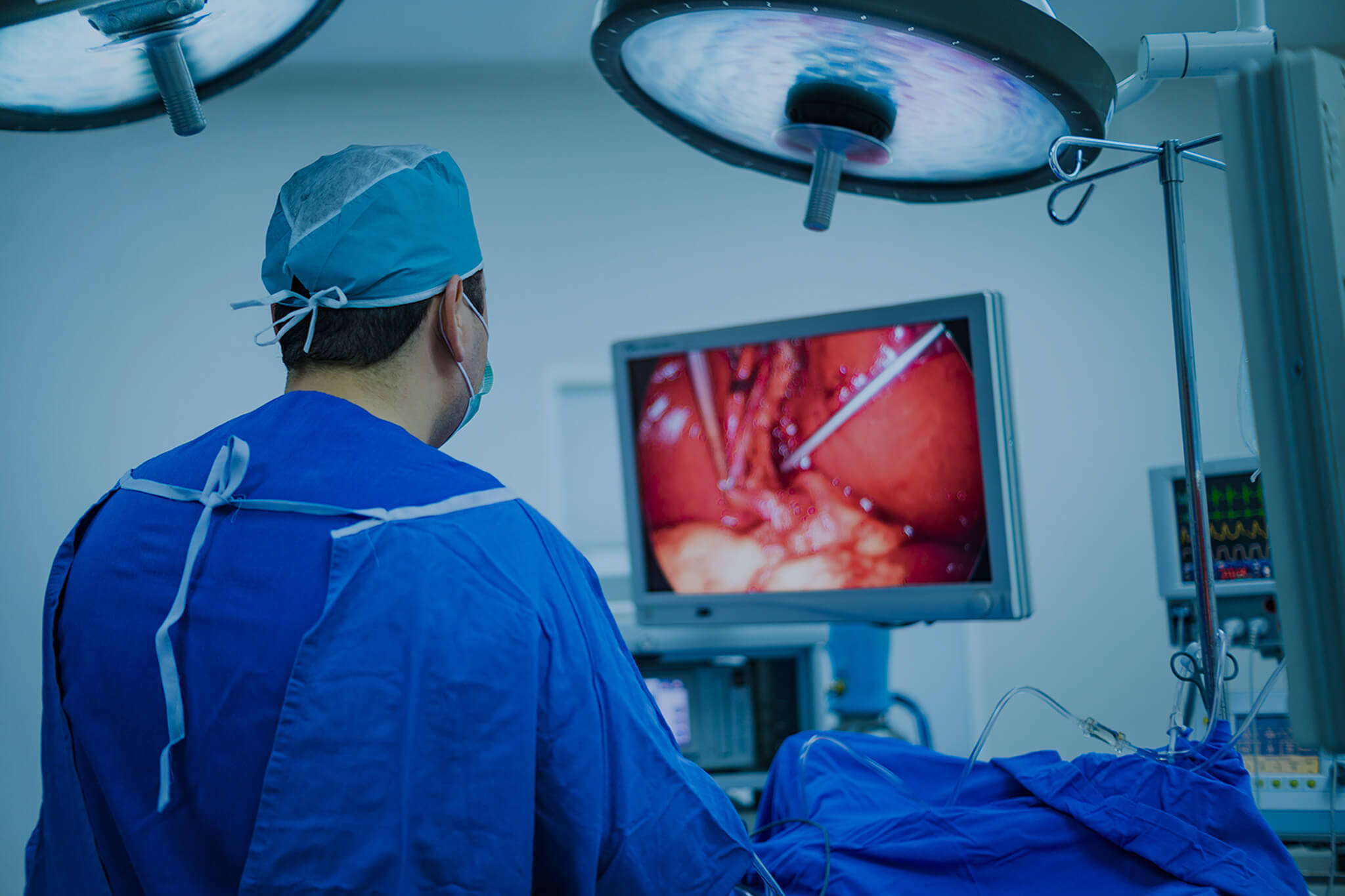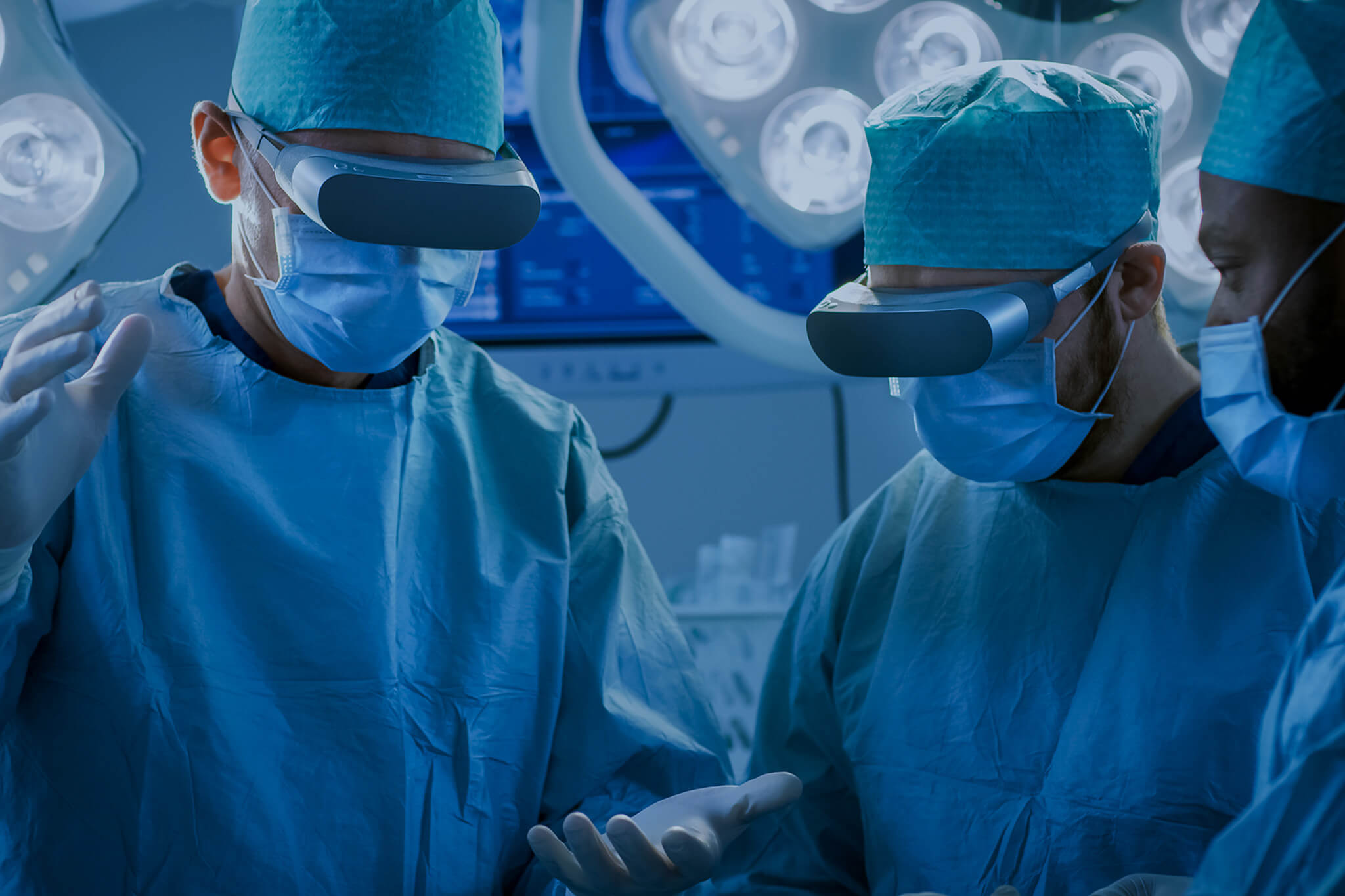Medical Device Ergonomics & Usability
This article explores the role of ergonomics in medical lasers, highlighting key innovations like the DEKA SmartXide² TRIO CO₂ laser system and other groundbreaking technologies. By examining these advancements, we aim to showcase how ergonomic designs in medical devices are shaping the future of surgery.
Beyond improved outcomes, ergonomic designs in medical devices also address critical challenges faced by healthcare professionals, such as physical strain and mental fatigue during procedures. By reducing repetitive stress and enhancing usability, ergonomic medical lasers empower surgeons to work with greater precision and confidence, ultimately benefiting patients and healthcare systems alike.

How the DEKA SmartXide² TRIO CO₂ Laser Redefines Ergonomic Surgical Innovation
The SmartXide² TRIO CO₂ laser system, developed by DEKA, is a cutting-edge innovation that combines advanced technology with surgeon-friendly design. Its scanning-assisted procedure using high-quality CO₂ lasers enhances precision and significantly reduces procedure times. According to Luca Giannoni, DEKA’s Product Director, through smart product development, the SmartXide² TRIO balances complexity with ease of use, allowing surgeons to perform even intricate tasks with confidence.
Key ergonomic benefits of the SmartXide² TRIO include:
- Reproducible results: Advanced ultra-pulse emission technology ensures consistent performance.
- Minimized risks: Precise ablation and coagulation capabilities reduce thermal collateral effects for safer and cleaner outcomes.
- Enhanced control: Intuitive scanning mechanisms allow surgeons to maintain focus throughout procedures.
These innovations not only improve patient outcomes but also reduce potential errors and procedural stress for surgeons. Giannoni highlights that the SmartXide² TRIO’s ergonomic device design represents a significant shift in surgical technology, prioritizing usability, precision, and versatility. By empowering surgeons with tools designed for comfort and efficiency, the SmartXide² TRIO is transforming surgical practices and driving better results for healthcare providers and patients alike.
Ergonomic Innovations in Surgical Technology
While the DEKA SmartXide² TRIO is a standout example of excellent human factors engineering, it represents just one part of a larger trend in medical device ergonomics. Below, we explore other notable innovations in surgical technology that are transforming surgeon safety and patient experiences through ergonomic design.
Precision Perfected with the Da Vinci Surgical System
The Da Vinci Surgical System has garnered widespread acclaim for its precision, control, and minimally invasive nature. By combining advanced robotics with ergonomic console design, this system enables surgeons to perform complex procedures with enhanced dexterity and precision. The intuitive interface and ergonomic controls empower surgeons to navigate intricate surgical tasks with ease, ultimately leading to improved patient outcomes and reduced recovery times.

Empowering Accessibility with Portable Laser Systems
Innovations in portable laser systems have democratized access to surgical precision, particularly in remote or resource-limited settings. These compact yet powerful devices offer ergonomic designs that facilitate ease of use and mobility, allowing surgeons to perform procedures with greater flexibility and efficiency. From ophthalmic surgeries to dermatological interventions, portable laser systems are expanding the reach of surgical care while prioritizing ergonomic conditions for both surgeons and patients.
Advancing Specialization with Retinal Photocoagulation Lasers
In the field of ophthalmology, retinal photocoagulation lasers have become indispensable tools for treating conditions like diabetic retinopathy and macular edema. These lasers feature ergonomic designs tailored to the delicate nature of retinal surgery, allowing surgeons to deliver precise laser energy to targeted areas with minimal collateral damage. By prioritizing ergonomics, retinal photocoagulation lasers optimize surgical workflow, enhance surgeon comfort, and improve patient outcomes in the ocular health field.
Innovative Integration with Hybrid Laser Systems
Hybrid laser systems represent a combination of multiple features, blending the benefits of different laser technologies into a cohesive platform. By integrating ergonomic design principles with cutting-edge laser capabilities, these systems offer surgeons unparalleled versatility and adaptability in the operating room. Whether it’s combining CO₂ and diode lasers for enhanced tissue ablation or integrating laser therapy with imaging modalities for real-time guidance, hybrid laser systems exemplify the collaborative relationship between ergonomics and innovation in surgical technology.

Looking Ahead: The Future of Medical Device Ergonomics
As technology evolves, the importance of medical device ergonomics and human factors engineering is poised to grow even further, driving innovation across surgical and healthcare practices. Ergonomics not only improves surgeon performance but also directly impacts patient outcomes and healthcare efficiency. The future of medical device ergonomics will likely be shaped by several transformative advancements:
- Enhancing surgeon comfort with wearable interfaces and adaptive technologies: The integration of wearable technologies, such as smart exoskeletons and augmented reality (AR) glasses, can reduce physical strain on surgeons during lengthy or complex procedures. Adaptive ergonomic tools will personalize device settings in real-time, aligning with the user’s movements and posture to minimize fatigue and maximize precision.
- Reducing procedural risks with AI-guided systems: Artificial intelligence (AI) will play a crucial role in improving procedural accuracy. By analyzing real-time data, AI can guide surgeons with predictive insights, automate routine tasks, and identify potential risks before they occur. AI-enhanced systems will not only streamline procedures but also ensure a safer and more ergonomic environment for healthcare professionals.
- Improving accessibility in underserved regions with cost-effective ergonomic solutions: Portable, lightweight medical devices with user-friendly designs will become increasingly essential in remote or resource-limited areas. These innovations will enable healthcare providers to deliver high-quality care without the need for extensive infrastructure, ensuring equitable access to cutting-edge technology worldwide.
- Integrating robotics for enhanced precision and usability: The next generation of surgical robotics will prioritize ergonomics, focusing on intuitive controls, seamless integration with imaging technologies, and improved user feedback systems. These advancements will empower surgeons to perform with greater accuracy while maintaining comfort throughout the procedure.
- Sustainability-driven designs: Future medical devices will incorporate sustainable materials and energy-efficient technologies without compromising ergonomic quality. This approach will align with global efforts to reduce the environmental footprint of healthcare operations.
By continuously optimizing the human-machine interface, these innovations will redefine surgical excellence. Medical devices of the future will not only enhance surgeon performance but also create a more patient-centric and efficient healthcare system, delivering benefits to surgeons, patients, and healthcare facilities alike. The ongoing emphasis on ergonomic design and safety ensures that technology evolves in harmony with human needs, pushing the boundaries of what is possible in medical care.
How IML is Changing the Healthcare Landscape
At IML, we recognize the transformative potential of ergonomic medical devices. As a trusted distributor of advanced medical technologies, we partner with leading manufacturers to provide healthcare facilities with top-tier solutions, including the DEKA SmartXide² TRIO CO₂ laser system.
Our mission is to ensure that surgeons and healthcare providers have access to tools that prioritize efficiency, precision, and comfort.
Interested in Upgrading Your Medical Devices?
Discover the benefits of medical device ergonomics and explore which surgical lasers are right for your practice. Contact our team today for a personalized consultation.
